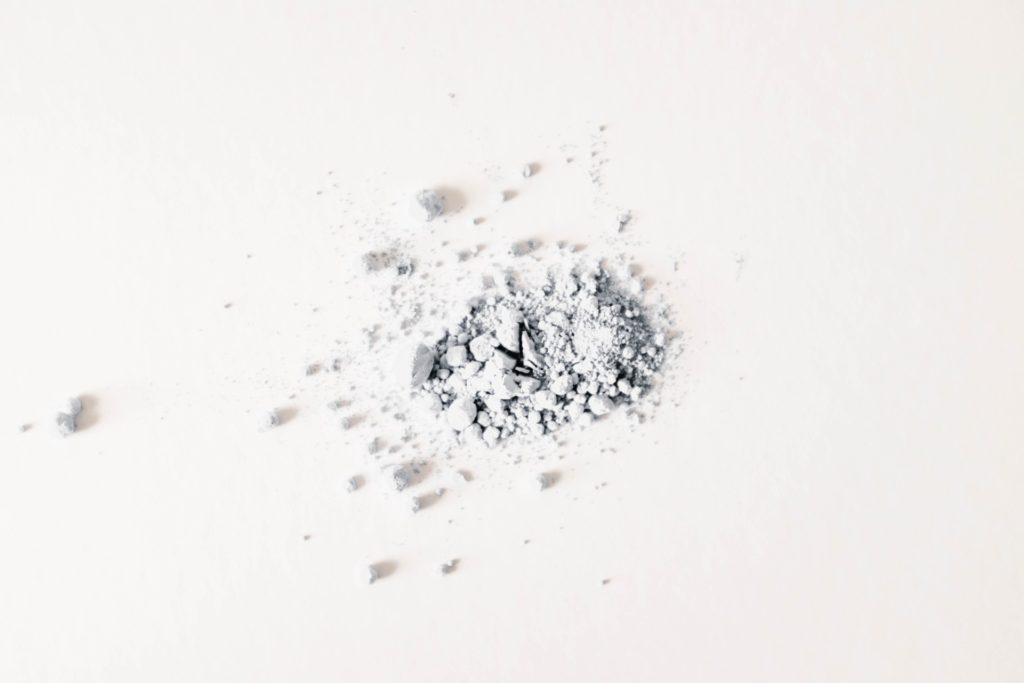What are the differences between white talc, black talc and hydrotalcite?

At present, the products related to “talc” on the market mainly include white talc, black talc, hydrotalcite, etc. Although they are all called talc, their ingredients, uses, prices, etc. are very different.
1. White talc
Talc is a hydrous magnesium silicate mineral, most commonly found in white, which is white talc. Look at China for the world’s talc. The white talc supplied in the international market mainly comes from China. The advantages of Chinese talc are not only reflected in reserves and output, but more importantly, in the extraordinary quality of white talc, especially high-purity white talc.
White talc has high electrical insulation, heat insulation, high melting point and strong adsorption of oil. It is widely used in papermaking, chemical industry, medicine, rubber, ceramics, paint, cosmetics and other industries.
2. Black talc
Black talc is a 2:1 type (T-O-T) magnesium-rich silicate clay mineral. It is soft, has a flaky structure and a slippery feel. It does not contain water between the layers, is odorless and tasteless, has stable chemical properties, small particles, and a large specific surface area. Black talc is gray to black because it contains organic carbon. Its chemical composition, mineral composition and mineral deposit origin are similar to white talc. The main ore components are usually composed of talc, quartz, organic carbon, etc.
At present, most black talc is processed into white talc through whitening technology and then used in the traditional ceramic industry and basic fillers. The research directions are mainly high-efficiency whitening and ultra-fine processing technology.
3. Hydrotalcite
Hydrotalcite is divided into natural hydrotalcite and synthetic hydrotalcite. Since natural hydrotalcite is difficult to mine and its purity is not high, the market supply of hydrotalcite is dominated by synthetic hydrotalcite.
Synthetic hydrotalcites (LDHs) are a class of anionic layered compounds with broad application prospects, mainly composed of hydrotalcite (HT), hydrotalcite-like (HTLC for short) and their intercalation chemical products pillared hydrotalcite (Pillared LDH) constitute.
Synthetic hydrotalcite is a non-toxic dihydroxy compound with a special layered structure. It has physical and chemical properties such as charging properties, anion exchangeability, adsorption properties, catalytic properties, etc. It has a wide range of applications in the field of polymer resin materials. Mainly used as heat stabilizer for polyvinyl chloride (PVC) production and halogen absorber for polyolefin resin production.
The main finished product categories of synthetic hydrotalcite include general synthetic hydrotalcite, highly transparent synthetic hydrotalcite and flame-retardant synthetic hydrotalcite.
